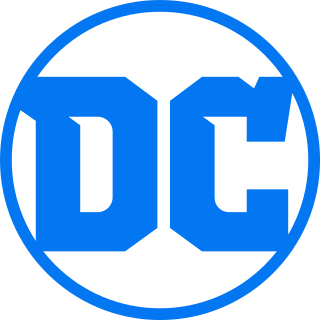
DC Comics, Inc. is an American comic book publisher and the flagship unit of DC Entertainment, a subsidiary of Warner Bros. Discovery.
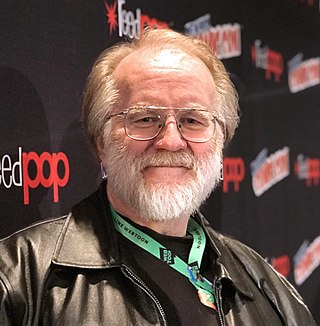
John Lindley Byrne is a British-born American writer and artist of superhero comics. Since the mid-1970s, Byrne has worked on many major superheroes; with noted work on Marvel Comics' X-Men and Fantastic Four. Byrne also facilitated the 1986 relaunch of DC Comics' Superman franchise with the limited series The Man of Steel, the first issue of which featured the comics' first variant cover.

George Pérez was an American comic book artist and writer, who worked primarily as a penciller. He came to prominence in the 1970s penciling Fantastic Four and The Avengers for Marvel Comics. In the 1980s he penciled The New Teen Titans, which became one of DC Comics' top-selling series. He penciled DC's landmark limited series Crisis on Infinite Earths, followed by relaunching Wonder Woman as both writer and penciller for the rebooted series. In the meantime, he worked on other comics published by Marvel, DC, and other companies into the 2010s. He was known for his detailed and realistic rendering, and his facility with complex crowd scenes.
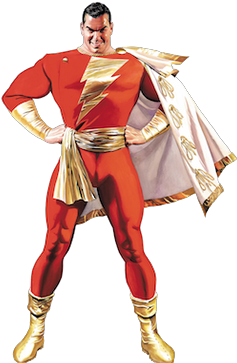
Captain Marvel, also known as Shazam and the Captain, is a superhero in American comic books originally published by Fawcett Comics and currently published by DC Comics. Artist C. C. Beck and writer Bill Parker created the character in 1939. Captain Marvel first appeared in Whiz Comics #2, published by Fawcett Comics. He is the alter ego of Billy Batson, a boy who, by speaking the magic word "Shazam!", is transformed into a costumed adult with the powers of superhuman strength, speed, flight, and other abilities. The character battles an extensive rogues' gallery, most of them working in tandem as the Monster Society of Evil, including primary archenemies Black Adam, Doctor Sivana and Mister Mind. Billy often shares his powers with other children, primarily his sister Mary Batson and their best friend/foster brother Freddy Freeman, who also transform into superheroes and fight crime with Billy as members of the Marvel Family, also known as the Shazam Family.

Gary Frank is a British comics artist, notable for pencilling on Midnight Nation and Supreme Power, both written by J. Michael Straczynski. He has also worked with author Peter David on The Incredible Hulk and Supergirl. He had a creator-owned series, Kin, which he wrote himself, published by Top Cow Productions in 2000.
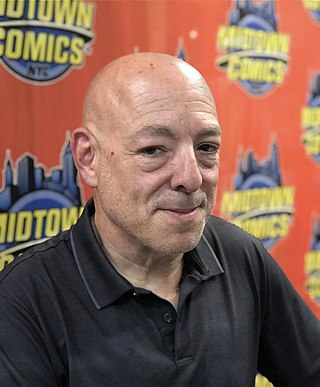
Brian Michael Bendis is an American comic book writer and artist.

Nelson Alexander Ross is an American comic book writer and artist known primarily for his painted interiors, covers, and design work. He first became known with the 1994 miniseries Marvels, on which he collaborated with writer Kurt Busiek for Marvel Comics. He has since done a variety of projects for both Marvel and DC Comics, such as the 1996 miniseries Kingdom Come, which Ross co-wrote. Since then he has done covers and character designs for Busiek's series Astro City, and various projects for Dynamite Entertainment. His feature film work includes concept and narrative art for Spider-Man and Spider-Man 2, and DVD packaging art for the M. Night Shyamalan film Unbreakable. He has done covers for TV Guide, promotional artwork for the Academy Awards, posters and packaging design for video games, and his renditions of superheroes have been merchandised as action figures.

Roger Stern is an American comic book author and novelist.
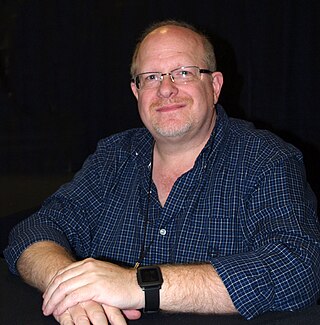
Mark Waid is an American comic book writer best known for his work on DC Comics titles The Flash, Kingdom Come and Superman: Birthright as well as his work on Captain America, Fantastic Four and Daredevil for Marvel. Other comics publishers he has done work for include Fantagraphics, Event, Top Cow, Dynamite, and Archie Comics.
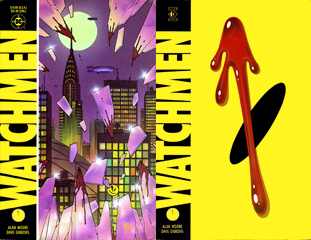
The Modern Age of Comic Books is a period in the history of American superhero comic books which began in the mid-1980s and continues through the present day. During approximately the first 15 years of this period, many comic book characters were redesigned, creators gained prominence in the industry, independent comics flourished, and larger publishing houses became more commercialized.
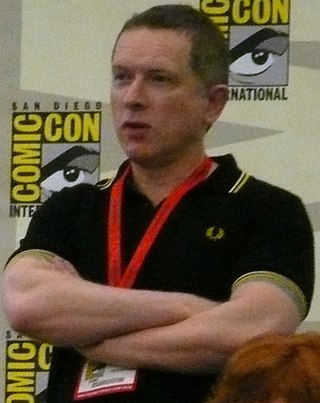
James Dale Robinson is a British writer of American comic books and screenplays best known for co-creating the character of Starman with Tony Harris and reviving the Justice Society of America in the late 1990s. His other notable works include the screenplay for the film adaptation of the Alan Moore and Kevin O'Neill's comic book series The League of Extraordinary Gentlemen and the multi-year crossover storyline "Superman: New Krypton".
In comics in the United States, a trade paperback is a collection of stories originally published in comic books, reprinted in book format, usually presenting either a complete miniseries, a story arc from a single title, or a series of stories with an arc or common theme.
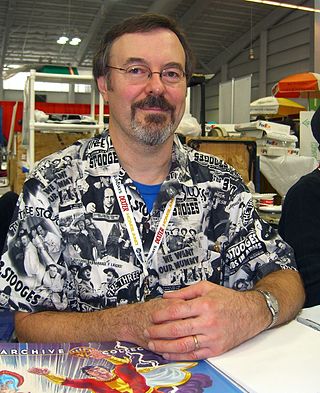
Jeremiah Joseph Ordway is an American writer, penciller, inker and painter of comic books.
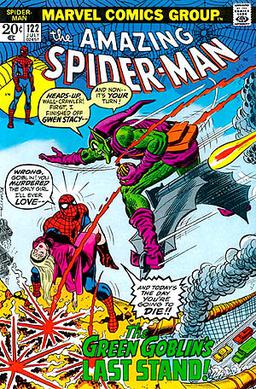
The Bronze Age of Comic Books is an informal name for a period in the history of American superhero comic books usually said to run from 1970 to 1985. It follows the Silver Age of Comic Books and is followed by the Modern Age of Comic Books.
American comic book tropes are common elements and literary devices related to American comic books.

Paul Kupperberg is an American writer and comics editor. He is currently a writer and executive editor at Charlton Neo Comics and Pix-C Webcomics, and a contributing author with Crazy 8 Press. Formerly, he was an editor for DC Comics and executive editor of Weekly World News, as well as a writer of novels, comic books, and newspaper strips.
In comics, an ongoing series is a series that runs indefinitely. This is in contrast to limited series, a one shot, a graphic novel, or a trade paperback. However, a series of graphic novels may be considered ongoing as well. The term may also informally refer to a current or incomplete limited series with a predetermined number of issues.
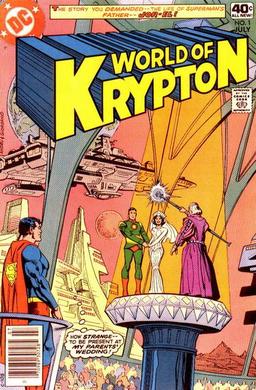
World of Krypton is an American three-issue comic book limited series written by Paul Kupperberg and penciled by Howard Chaykin. It was the comics industry's first miniseries. World of Krypton was published by DC Comics from July to September 1979.














